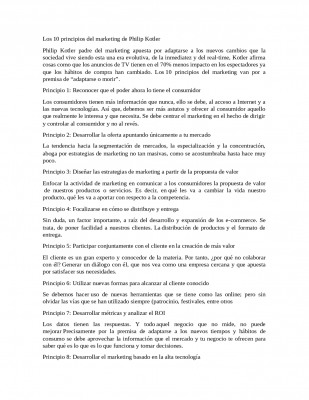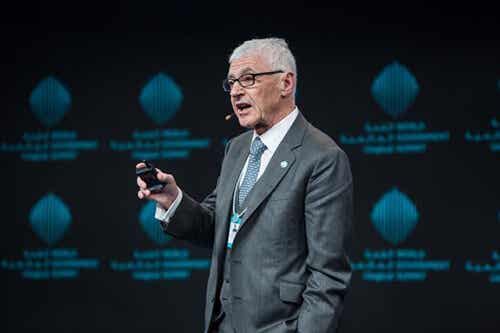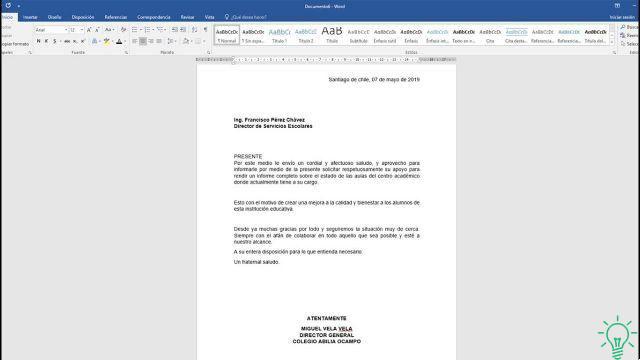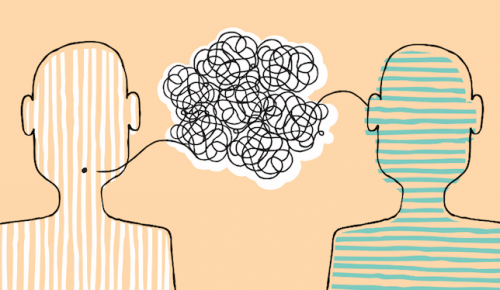The ultimate goal of the Ringelmann effect is to save unnecessary energy for carrying out a task or action. It is not so much about "unloading on others" as about reducing the scope of the individual contribution.

Last update: July 13, 2021
The Ringelmann effect is a behavioral phenomenon found in humans when they work in groups. As a rule, teamwork is thought to produce better results thanks to the individual effort of each member. However, it has been shown that this is not the case in practice.
The Ringelmann effect highlights that people tend to reduce their efforts when working in groups. The larger the group, the less individual work each member does. Which is why, in general, teamwork does not produce better results in terms of individual effort.
However, what has just been said raises a problem since the structure of many jobs and activities requires the collaboration of the group. However, the Ringelmann effect has been studied for a long time and some ways are now known to attenuate or neutralize it.
"A committee is a group of unprepared people, charged with doing useless things by people who don't want to do them."
-Fred Allen-
The Ringelmann effect
The Ringelmann effect was discovered by Maximilien Ringelmann from a series of experiments conducted between 1882 and 1887. The procedure was quite simple: ask different groups to pull a rope. The latter was attached to an instrument that measured the pulling force.
Ringelmann conducted the experiment with groups of two, three and eight people. His observations allowed him to conclude that the larger the group involved in the task, the less effort each individual produces in the action of pulling the rope. The result of the experiment was published in 1913.
The data revealed that each individual used 100% of their strength in the rope pull performed by two opponents. When, on the other hand, it was done by pairs of two, the effort dropped to 93%. In groups of three, it dropped to 85%.
When there were eight people pulling the two extremities, the effort reached just 43%. In this way it was possible to verify the existence of the Ringelmann effect.
The Ringelmann effect and the different activities
Other researchers, such as Steiner, have found that the Ringelmann effect varied according to the type of activity carried out. First, he classified additive tasks, i.e. those whose result is the sum of individual efforts. And, in fact, they correspond to Ringelmann's experiment.
The more people who use their strength, the more energy there will be. But in this case the basic idea, whether conscious or unconscious, is: “the others will take care of it”.
Then there are the “disjoint tasks”, for which the performance of the group is linked to the productivity of the most competent member. An example could be the math exercise to be carried out in a group. In these cases, the less competent person tends to avoid straining or participating, as he believes that others are better prepared to perform the task.
The last type is that of "joint tasks", which require you to work in a uniform manner. An example is the assembly line, in which each individual represents a small part of a larger system.
In these cases, the Ringelmann effect manifests itself in such a form that the more capable individuals reduce the level of their performance, as they don't consider it important.
Are there any solutions?
We know that the Ringelmann effect is linked to two factors. The first is that the larger a group, the lower the motivation of each member; precisely because the participation of the individual is less evident.
The second factor, on the other hand, is linked to the fact that in large groups there is less coordination between members. Starting from this basis, it is believed that the Ringelmann effect can be countered with one or more of the following actions:
- Identify and enhance individual performance. People who see their work recognized and appreciated tend to want to do their best.
- Increase competitiveness. When individual efforts are evaluated and rewarded or the best results are recognized, the motivation for commitment increases considerably.
- Encourage self-evaluation and group evaluation. Self-awareness, as well as group awareness, are factors that contribute to neutralizing the Ringelmann effect.
- Promote small group work rather than in large groups.
At the same time, it has been found that fostering group cohesion leads to greater commitment. It is, in fact, a way of improving coordination between members and eradicating the idea that the effort of the individual can be unloaded on others.

























